Wellbeing News
Brooke Davis, Wellbeing Leader

Wellbeing News
Brooke Davis, Wellbeing Leader
This term the PBL team, in consultation with students and staff relaunched our Positive Behaviour for Learning (PBL) framework. PBL has been a part of St John's wellbeing approach for many years, this year we are developing these practices further.
PBL is a whole-school approach to creating a positive, safe and supportive school climate in which all students can learn and develop. At a PBL school, teachers, administrators and family members work together to teach and support behaviour expectations. PBL is implemented to improve the behaviour of all students in all school settings. Every part of a PBL school, including classrooms, school gates and buses, are considered integral parts of the total learning environment. PBL schools create and teachers deliver instruction in a set of behaviour expectations and positively acknowledge students for those behaviours. All school personnel are responsible for knowing the behaviour expectations and providing consistent positive feedback to students.
P 1 Safe Schools Hub, 2014

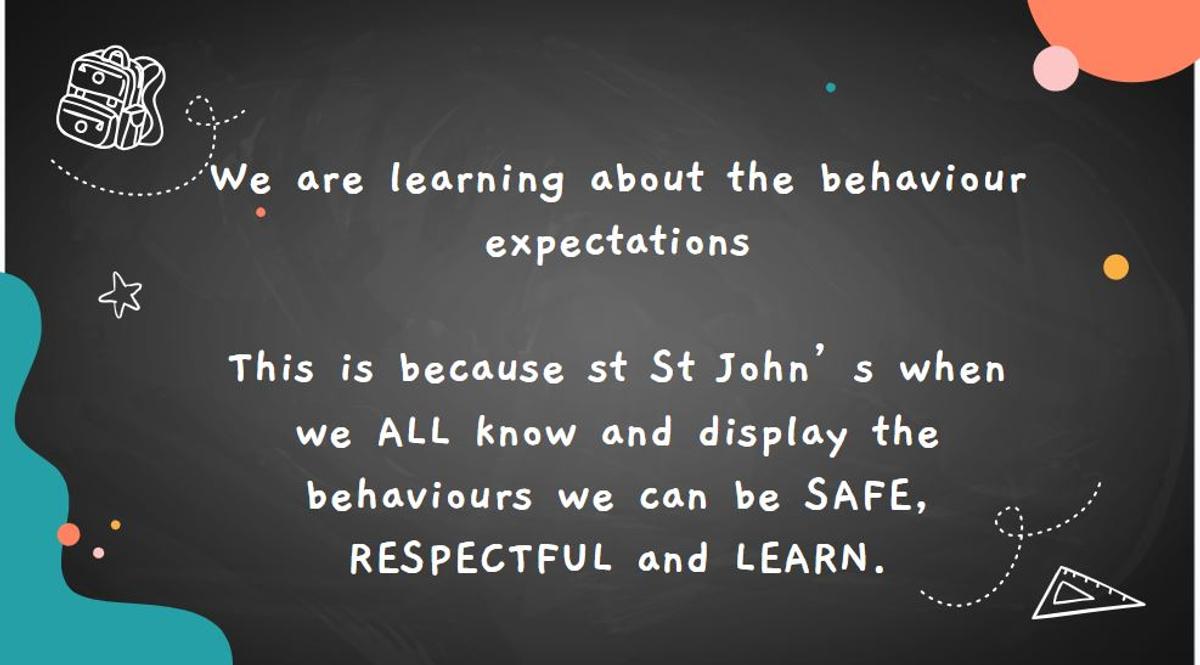
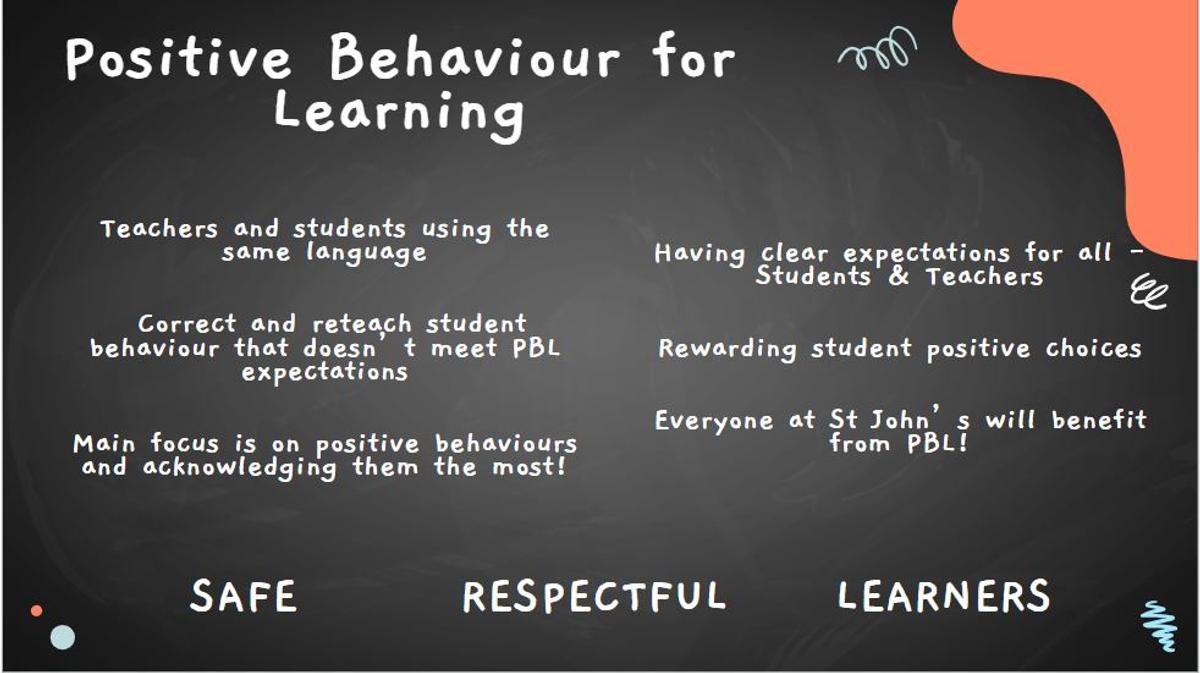
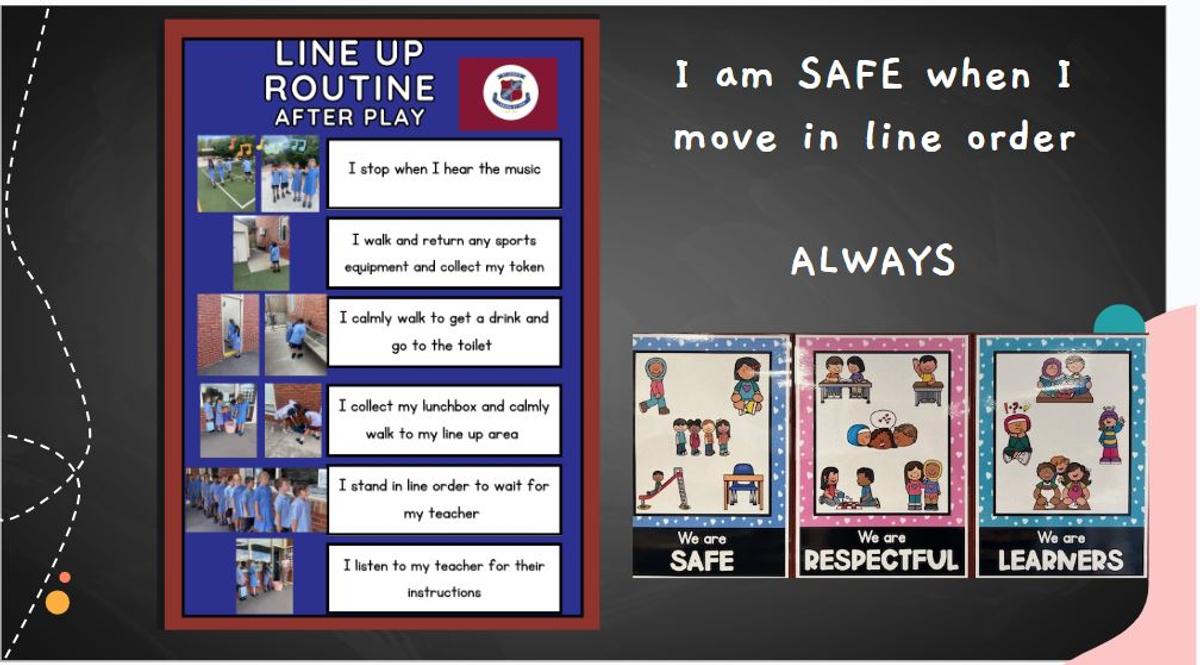
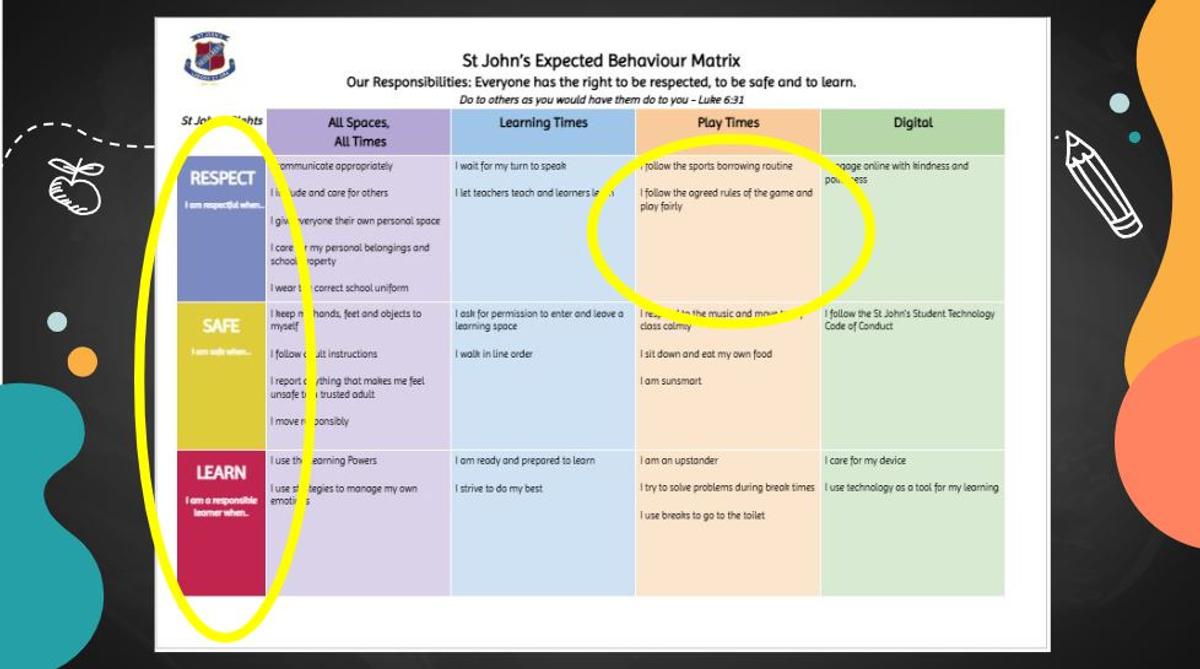
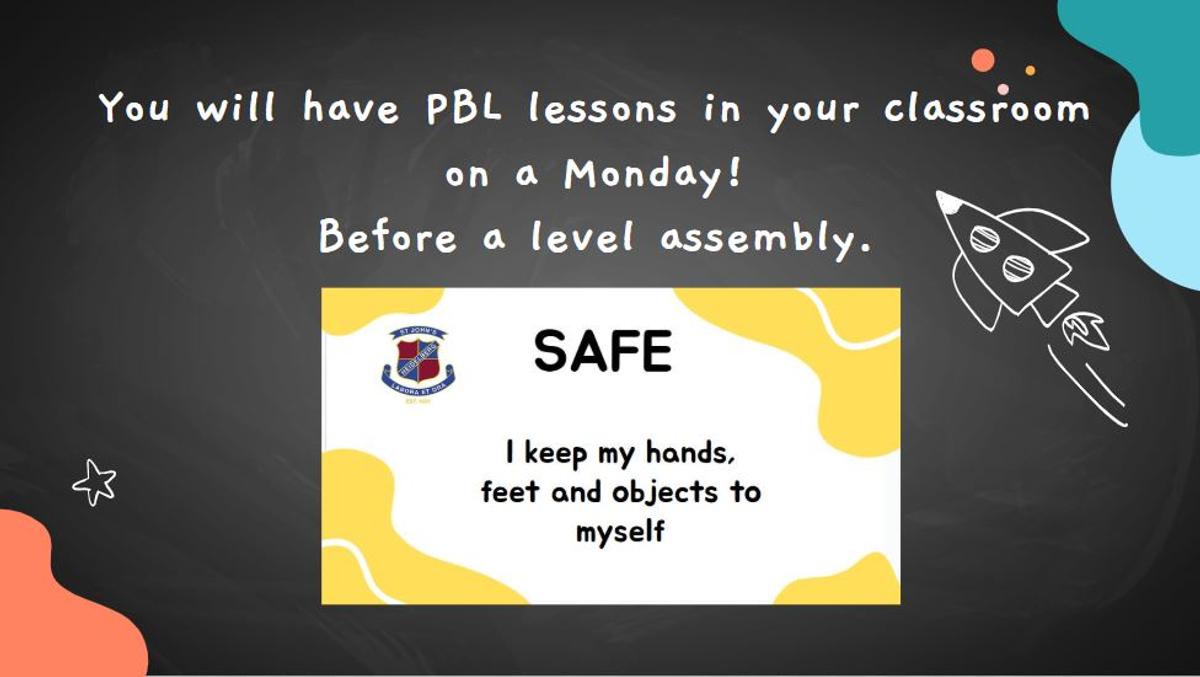
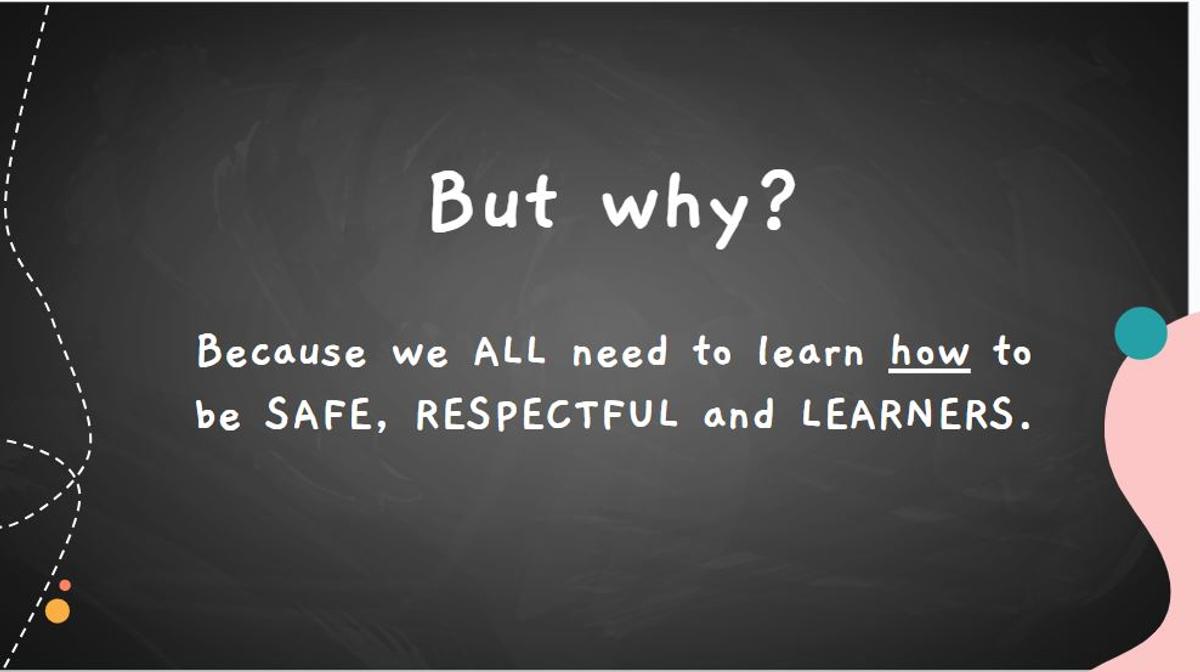
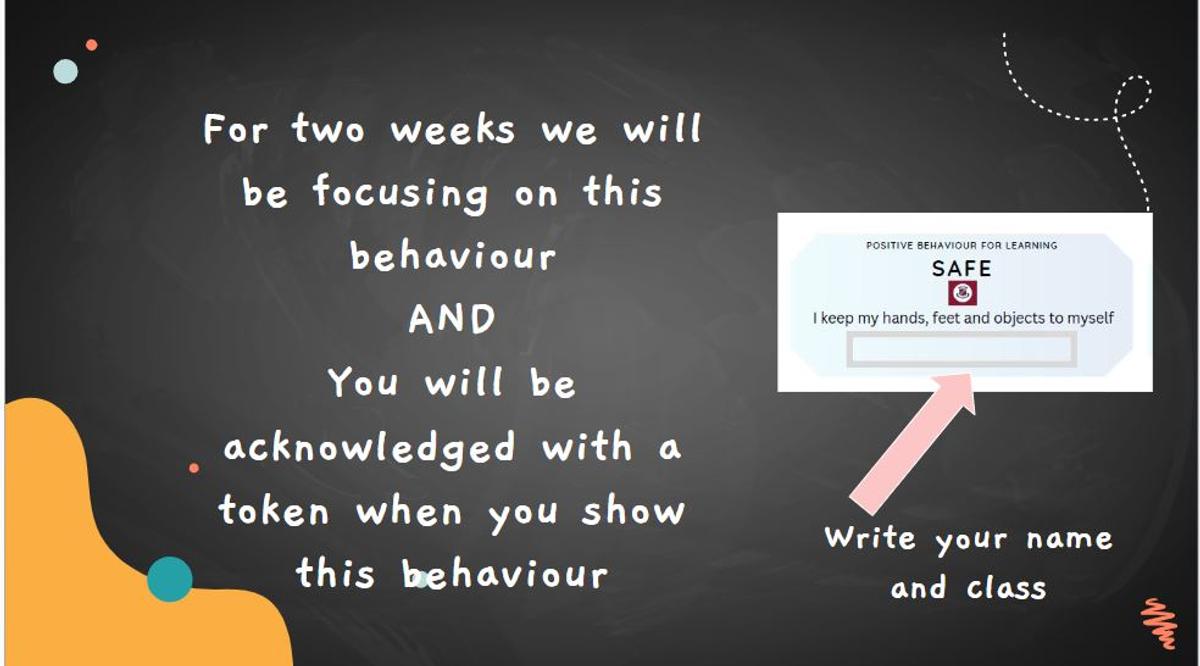
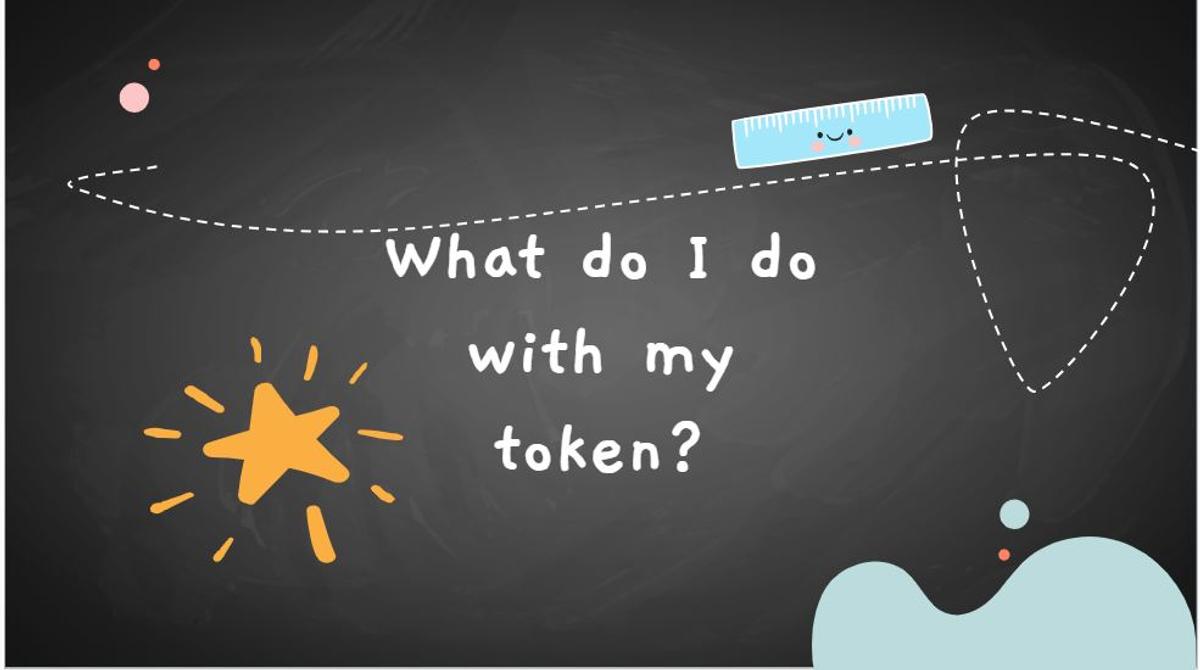
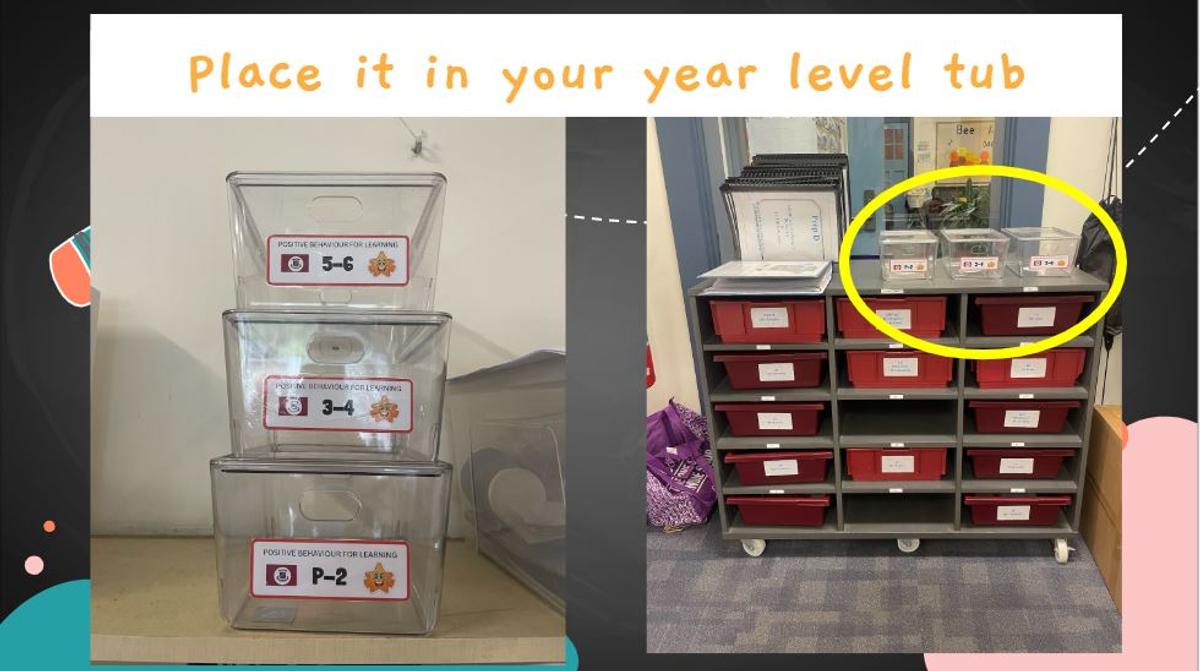
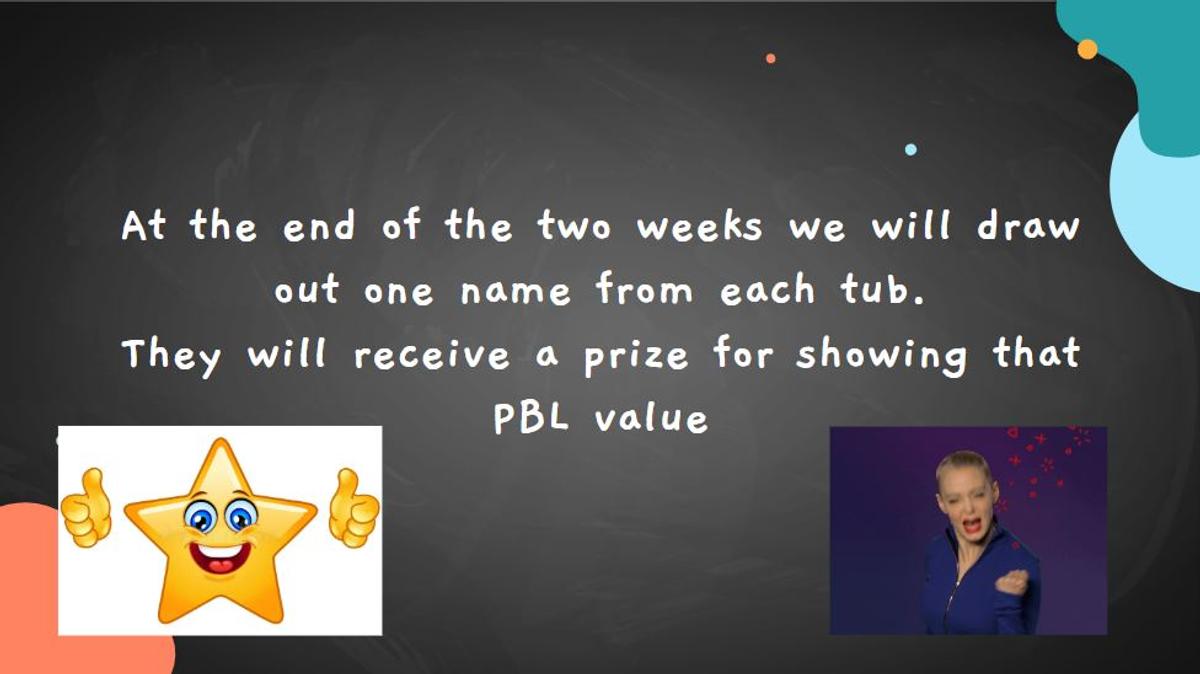
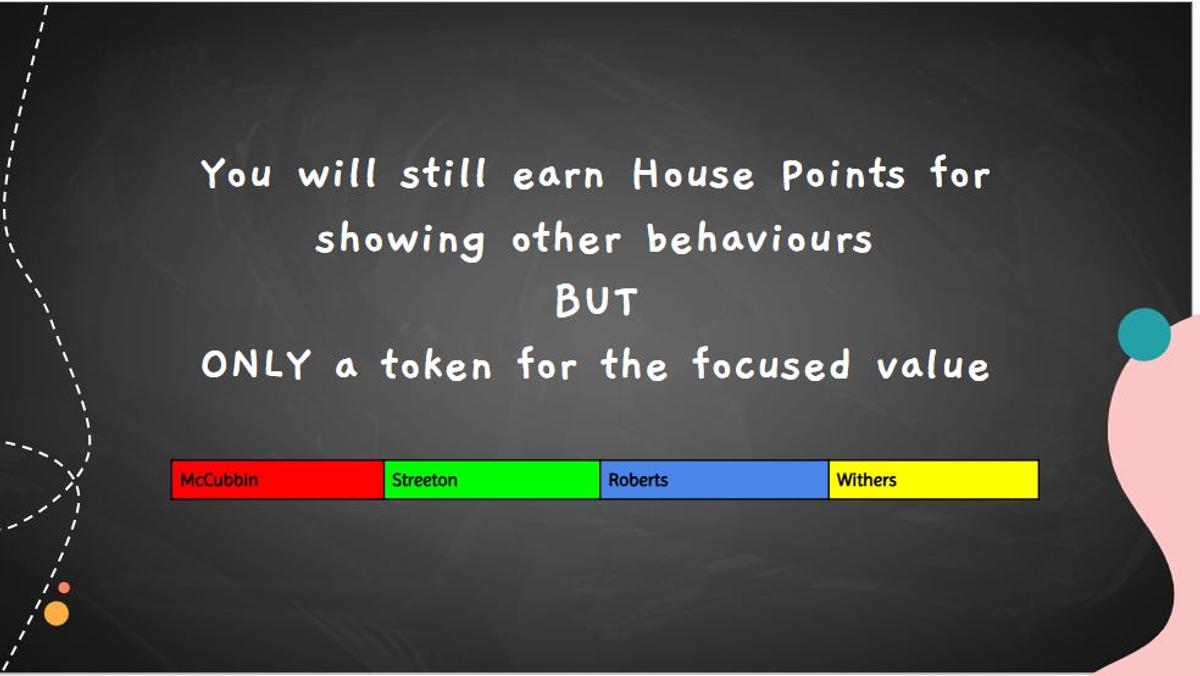












At this week's whole school assembly the Year 6 Wellbeing SAT supported the relaunching of the PBL practices at St John's.
Throughout the term all St John's students will engage in PBL lessons focusing on expected behaviours from the school developed Expected Behaviour Matrix. Students will learn the examples and non-examples of this behaviour through explicit teaching and social stories. Each two weeks our school will focus on a particular expected behaviour with consistent reteaching and acknowledging students showing the behaviour.
At each whole-school assembly, the SAT team leader will draw a student from each level, and this student will be rewarded with a prize!
We encourage you to share the PBL language of with your children and discuss the expected behaviours.
Thank you to the PBL team, Simone, Hollie, Judy for their work in supporting our PBL framework.
Monday, 19 May, will be our Term Two Better Buddies Day, focusing on safety. The students will participate in learning about keeping themselves and others safe at home, in school, in the community, and online.
Students will also take part in the St John's Ambulance First Aid in Schools Program. This program teaches primary school students on the importance of First Aid and what to do in an event of an emergency.
https://www.stjohnvic.com.au/community-programs/first-aid-in-schools/
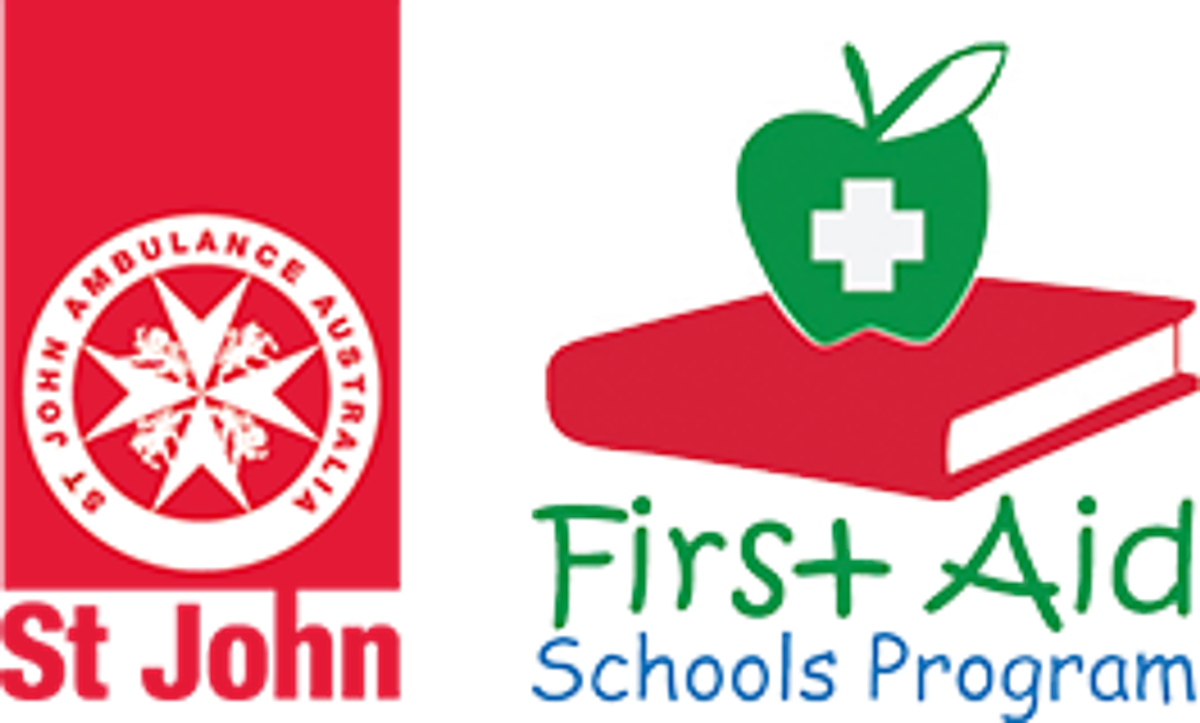

Storytime
30 MINS
Through a storybook, the children will see how Johnny Bear identifies an emergency, puts the Danger, Response and Send for help strategy into action and helps call 000 in an informative session. Students will learn the first aid chant that will help them remember what to do in an emergency. Includes a fun quiz on first aid to get students up and involved.
45 MINS
Students learn how to spot DANGER in an emergency, RESPOND accordingly and SEND for help. They will be guided on what number to call and act out a scenario to get them comfortable calling 000 in real life. Students will play a fun and interactive game as teams compete in the first aid quiz. By the end of the program, students will leave with essential skills and knowledge which they can call upon in an emergency situation.
45 MINS
Following on from the Prep – Grade 2 modules, students will revise ‘DRS’ which involves assessing for dangers, obtaining a response and calling Triple Zero. The main focus of this module will be demonstrating how to check airway and breathing and how to place a patient into the recovery position. Students will then apply the knowledge they have learnt through an interactive game based on the DRSAB action plan.
45 MINS
Reiterates the learning of standard modules 1 & 2, however incorporates a practical CPR component, guiding students through how to perform CPR and when it is required in a First Aid situation. Students will also participate in group problem-solving scenarios based on a variety of first aid situations allowing them to apply their knowledge.